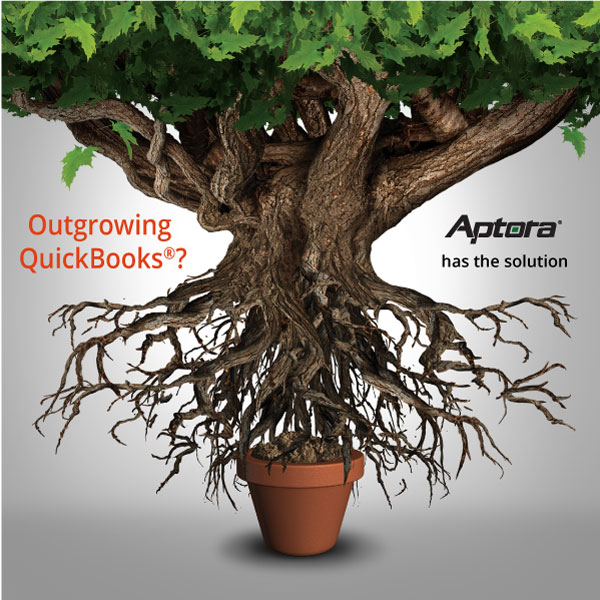How Discount Items Affect Accounting and How to Use Them
We are often asked about how-to setup and manage discounts. The question about discounts is an age-old accounting question. It doesn’t have anything to do with accounting software but has a lot to do with how you want your reports to reflect discount activity.
Example of How Discounts Impact on Financials
If you write up an invoice for $5,000 and offer it to a client but ultimately accept $4,000 for that sale, what the sale $5k or $4k? For me the answer is “it depends on why the discount was offered”.
- If the discount was the result of a “Pre-Season Sales Event” (or some other planned discount event), We might call it COGS at that COGS account might be called “Promotions”. This event erodes or gross profit margin. The Income Statement will make the impact clear to the reader.
- If the discount was the result of a lower negotiated price (during the normal course of selling things to people), then we would use a Discount item that has an Income account associated with it. That would reduce income and we would never see that discount on our Income Statement. That’s fine because in the case is wasn’t a $5,000 sale reduced to $4,000. It was a $4,000 sale all along. We could just lower the retail price of the item(s) but the Discount item will show the buyer they got a great deal.
- If the discount was the result of a client who complained about our service, even though we disagree with them, we might call it an Expense and that Expense account might be called “Discounts for Public Relations”. In this case, the discount is overhead. It was not planned.
- We also recommend discount items for “Callbacks” and “Warranty” work. We would select an Expense account because we consider it overhead. The Income Statement will clearly indicate the cost of callbacks and warranty work.
- Remember that discounts are invoice item types. They offer complete history and reporting. You can see how often they are used and what the financial impact is. If you have a senior citizen or first responder discount, then you know who those people are and you can make special offers to them.
Keep in mind, you pay income taxes on net income and not gross income. So, it is just a matter of reporting.
Final Thoughts on Discounts
You might recall Enron. Among their many accounting irregularities, they were booking large sales but not readily showing the discounts, kickbacks, and write-offs. This made their income (and sales growth) look much better than it was.
Sales Discount Tips
- Discounts can impact income or any type of COA. It’s important to understand the impact of discounts have on financial transactions. When a user wishes to discount an amount, they will often use a “Discount” item type. The COA they select on that discount item will have an impact on how this discount affects the transaction. A discount can do one of three things: Debit (lower) an Income account, Debit (increase) a COGS account, or Debit (increase) an Expense account. Please see Using Discounts and Discount Items for more information.
- TOM allows users to make changes to their item’s COA selections. When doing so, users are offered a chance to go back in their financial history and change all transactions to use the new selection. This will change how financial reports display information related to this or any other item. You will need to look at the Audit Trail to see if this occurred.



